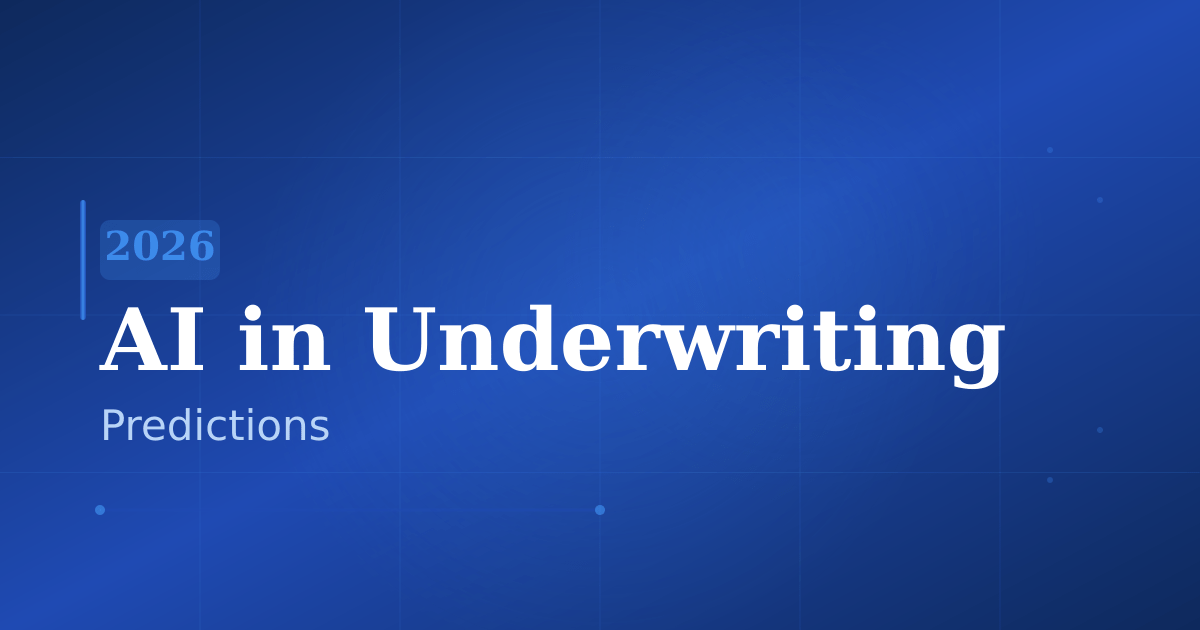.svg)

Perspectives
The AI technique that no one in insurance is talking about
Summarizing articles, legal filings, and more for underwriters using the latest AI innovation

Paul Monasterio
4 mins
You may have read dozens of articles about insurance and AI, but what was the last post that taught you a technique that actually helped your company use AI better?
Let’s solve that.
In a previous post, we talked about the importance of “prompt engineering” when it comes to large language models. Think about when you ask a question to ChatGPT - the way you phrase that question can have dramatic effects on the quality of the answer. Many times, when someone laments that “ChatGPT was wrong,” they could have generated a more helpful response with better prompt engineering.
The Kalepa team stays on top of the latest in prompt engineering research so you don’t have to. One newly discovered technique is called Chain of Density, and not enough people are talking about it - especially in insurance.
Solving the Problem: Too Many Articles to Read
Let’s start with the problem, because if an AI tool isn’t actually solving your business problems, then it’s just hype.
Say you’re an underwriter, and you’re trying to determine if there are any major hazards associated with a business. One of the many things you do is read lengthy texts about the business - they could be news articles, legal filings, or collections of online reviews. Maybe you read the first one or two, and then you start scanning the next couple, and then you get pulled in another direction by an email or a meeting before you can finish reading.
Now multiply this by hundreds of submissions and many different underwriters. It’s easy to see how red flags can get missed, or how a thorough review becomes a massive time sink.
The dream setup would be a short summary of each of these texts. But that summary has to capture all of the critical elements for underwriting, without being too long or full of unimportant details. A bad summary could leave you worse off than before.
That’s where the new “Chain of Density” approach comes in.
How does Chain of Density work?
Chain of Density is a new prompt engineering technique that was just unveiled last month by Salesforce AI, MIT, and Columbia university. It excels at one particular thing - generating article summaries that can outperform human-generated summaries.
Let’s go over the intuition for how Chain of Density works. Imagine you’re packing for a weekend trip. You have your suitcase open on the floor, completely empty. You see all the clothes in your closet, all the books on your shelf, all the gadgets on your desk, and all the snacks in your pantry. Now you have to decide - How do you pack the most important mix of things into your tiny suitcase, without making it too heavy?
On your first pass, you just toss things into the suitcase. An unfolded shirt, an uncoiled phone charger, loose granola bars, some separated socks. Now your suitcase is “full”. But you can do much better. There are so many important things you haven’t packed (no shoes?) and everything that’s currently in your suitcase could be packed better.
On the second pass, you take everything in your suitcase and fold it nicely, without removing anything. Now you have room for pants, an extra shirt, a pair of sneakers, and a book. But you can do even better.
On the third pass, you roll up all your clothes to make some extra space. On your fourth pass, you put everything in vacuum bags, so now you can fit an umbrella (though it may not even rain). By the fifth go-around, though, you’re just adding books that you’re not going to read and shirts that you won’t wear - and making your suitcase even heavier.
Chain of Density does something similar: Across cycles, it packs more and more key parts of a long text into a tiny summary. Each time, it checks for the next most important thing to add, and it keeps the summary the same length each time. But it also allows you to stop “packing” before summaries get too dense to understand.
From the paper that was just released, researchers were able to to use this technique to generate summaries that were preferred over both “vanilla” GPT-4 summaries and human summaries. The former tended not to have enough information; the latter tended to be slightly too dense, and of course required extensive labor.
Chain of Density in Action
Now let’s look at an example of using Chain of Density to summarize an article that an underwriter might want to read. In this case, we’ll look at this article about a contractor in Oklahoma.
The Chain of Density will first give us a rough summary, then it will add in a few missing pieces of context and generate a new summary. We’ll repeat this process until there are five different summaries, with increasing levels of density.

As you can see, the first summary is okay, but it misses some of the important context, such as the number of lawsuits against the business and complaints about the company being shared on Facebook. After a few rounds, the summary is more comprehensive while keeping the same overall length - and we can stop packing it with information before the summary gets too dense. This helps the underwriter get a full picture of the article in just a few, easily understandable sentences.
Review Articles Faster (and So Much More) in Copilot
As any underwriter will tell you, reading, understanding, and summarizing a hodgepodge of text and information is a key part of the job. It’s very time consuming, but it’s also critical. That’s why we built a technology that helps them do it in the fastest, most accurate way possible. Summarizing articles and documents is just one part of our Copilot workbench, but everything we can do to give underwriters more time and better risk analysis adds up when it comes to better underwriting outcomes.
Since this research was published a few weeks back, we have updated our AI-powered summaries with a proprietary prompting technique based on Chain of Density, so that all of our summaries (of news articles, legal filings, etc.) are tailored to what underwriters need to know. We continue to leverage the latest generative AI (GenAI) advancements in Copilot to make sure all of our clients can reap the benefits.
Interested in how Copilot’s AI can deliver better underwriting outcomes for your team? Or want to talk about the latest in AI and how insurers can benefit? Get in touch by emailing us or scheduling a demo of Copilot.
Want to get in touch?
Sign up for our newsletter for the latest Copilot news,
features, and events, straight from the source
Trusted AI. Profitable Growth. Real Results.
Kalepa helps underwriters quote faster, bind more business, and strengthen portfolios - driving measurable improvement in profitability and performance.

Deployed across top-tier insurers

Measurable, repeatable ROI

Live in weeks, not months - or years











